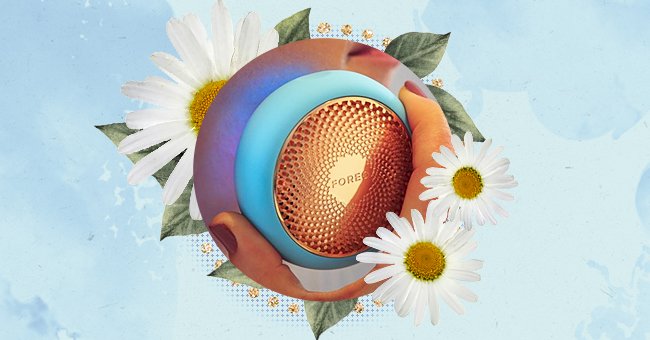
Unpacking At-Home LED Skincare Devices
While staying home may have caused a rise in skincare, it has also brought rise to some questionable home practices and skincare gadgets.
Having skincare gadgets and tools readily available for home use sounds excellent! That means less money and time spent on visiting a spa or esthetician's office. However, these home tools are not the same as the kind used by a professional.
With that, you may have seen those illuminating Iron-Man-looking masks around on your social media. Several cosmetic brands have released home-safe versions, and they've been growing in popularity. Halle Berry and Kourtney Kardashian are among those who've incorporated light therapy into their skincare and wellness practices. But are they worth it? Here are some things to consider before stepping into this sci-fi-like skincare trend:
What Is Light Therapy?
LED stands for "light-emitting diode," and light is used as a non-invasive treatment to trigger the body's natural cell processes in skincare. That means faster healing and treatment of skin concerns.
Light therapy promise several benefits for the skin. It's been recommended for treating sun damage, acne, eczema, psoriasis, rosacea, improving the appearance of wrinkles, fine line, scarring, and improving skin's radiance overall. With all this promise, it's no wonder these devices are so appealing.
The body absorbs the light through the skin like it would be harmful UV rays from the sun. In contrast, the light rays from LED devices are unlike ultraviolet rays. Instead, the wavelengths are longer reducing the risk of harm, according to an article from "Byrdie" with Sonia Batra, MD.
How It Works
You may have seen that LED devices often emit either a red or blue light. That's because red and blue lights are typically promoted for treating skin.
According to "Health Harvard Publishing," experts believe that red LED light can play a role in the skin's collagen production and that, in theory, red light could help to reverse signs of photoaging.
Blue LED light, on the other hand, is commonly used for acne treatment. It's suggested that it may help reduce activity in the sebaceous glands, thus, less oil to plug pores potentially.
Efficacy
If you've considered investing in one of these home LED devices, your primary question may be, "does it work?" Secondly, you might wonder if it's safe.
There is fundamentally a flaw in professional equipment being produced for home-use. Harry Glassman, MD shares with "Byrdie" that "Many home use devices that are available are underpowered or ineffective."
As far as safety is concerned, The FDA has approved some products for home use, but it's essential to proceed with caution. While LED lights are nothing new, their skincare capabilities have a lot of room for research. Dr. Marissa Heller told "Health Harvard Publishing" that "The long-term safety of these light therapies remains uncertain."
With that, if you're a skincare enthusiast who generally enjoys the experience of skincare as a form of self-care, perhaps, then an LED light may be worth considering. However, if you are one who wants a routine that yields results, you may want to hold off on the at-home LED device.